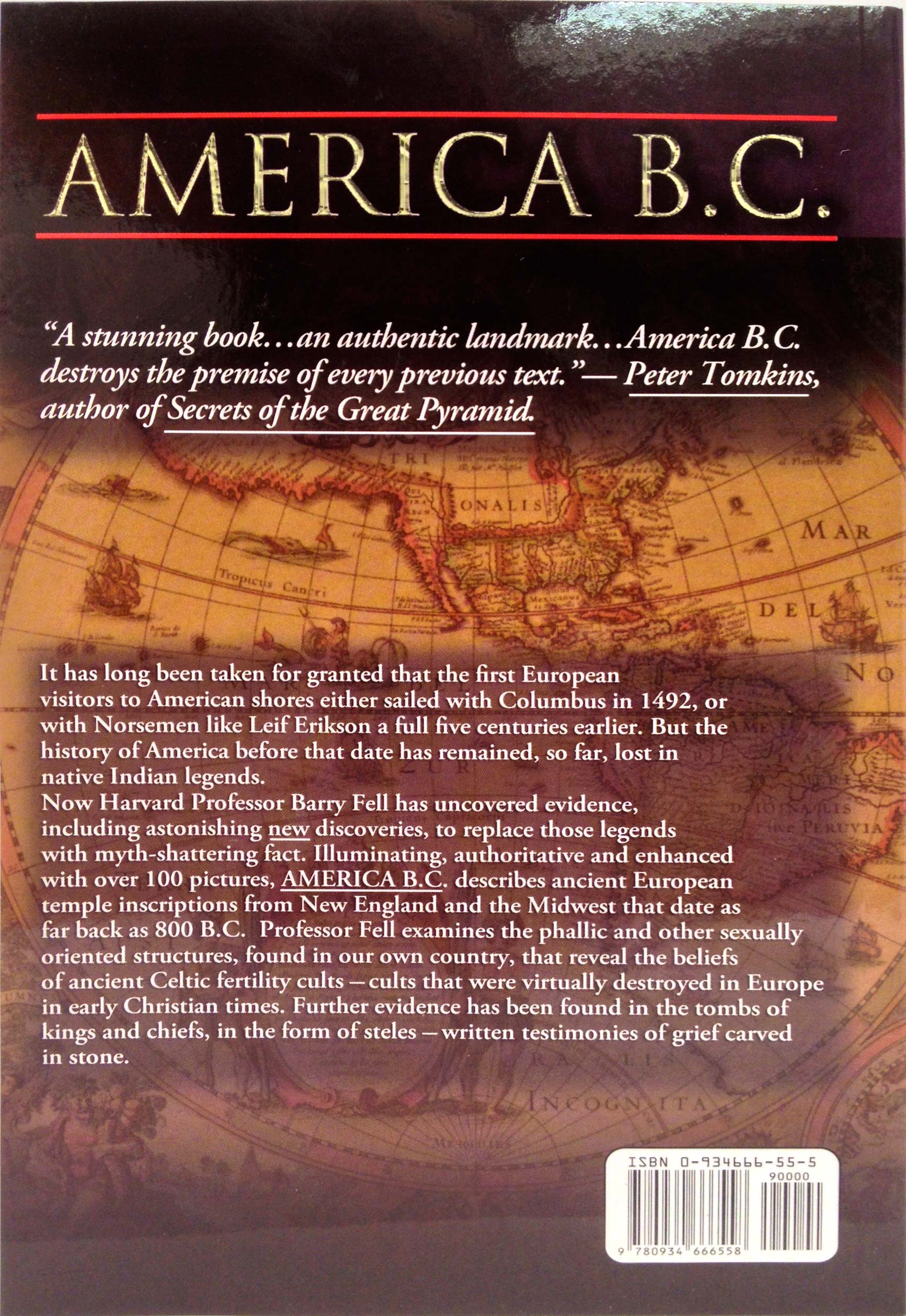

It has not a single characteristic that can be called Phoenician any more than the language of the inscriptions or the style of architecture with which it is associated therefore we can not reasonably suppose this American civilization was originated by people of the Phoenician race.

Now the writing of the inscriptions at Palenque, Copan, and elsewhere in the ruins has no more relatedness to the Phoenician than to the Chinese writing. All the forms of alphabetical writing used at present in Europe and Southwestern Asia came directly or indirectly from that anciently invented by the race to which the Phoenicians belonged, and they have traces of a common relationship which can easily be detected. If it were true that the civilization found in Mexico and Central America came from people of the Phoenician race, it would be true also that they built in America as they never built any where else, that they established a language here radically unlike their own, and that they used a style of writing totally different from that which they carried into every other region occupied by their colonies.

In his 1871 book Ancient America, John Denison Baldwin repeats some of the arguments given for Phoenician visits to America, but ultimately refutes them, saying: Christensen has propounded the theory that the Mulekites in the Book of Mormon were "largely Phoenician in their ethnic origin." In the 19th century, belief in an Israelite visit to the Americas became a part of Mormonism. Antoine Court de Gébelin argues in Le Monde primitif ("The primeval World") that they commemorated an ancient visit to the East Coast by a group of sailors from Carthage (modern-day Tunisia). Ezra Stiles, then president of Yale College, believed them to be Hebrew. In the late 18th century, a number of people speculated on the origins of the petroglyphs on Dighton Rock in Berkley, Massachusetts.


 0 kommentar(er)
0 kommentar(er)
